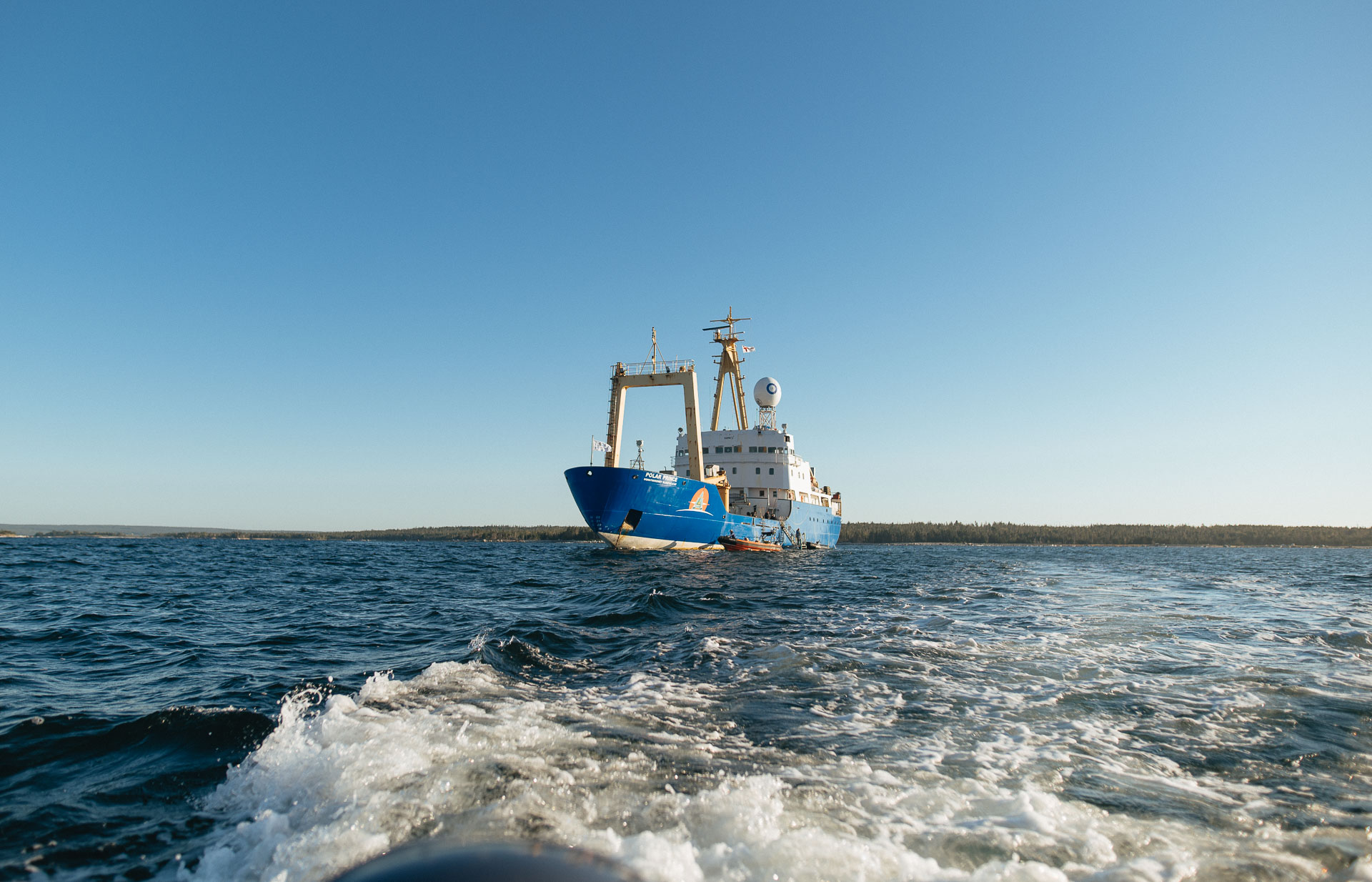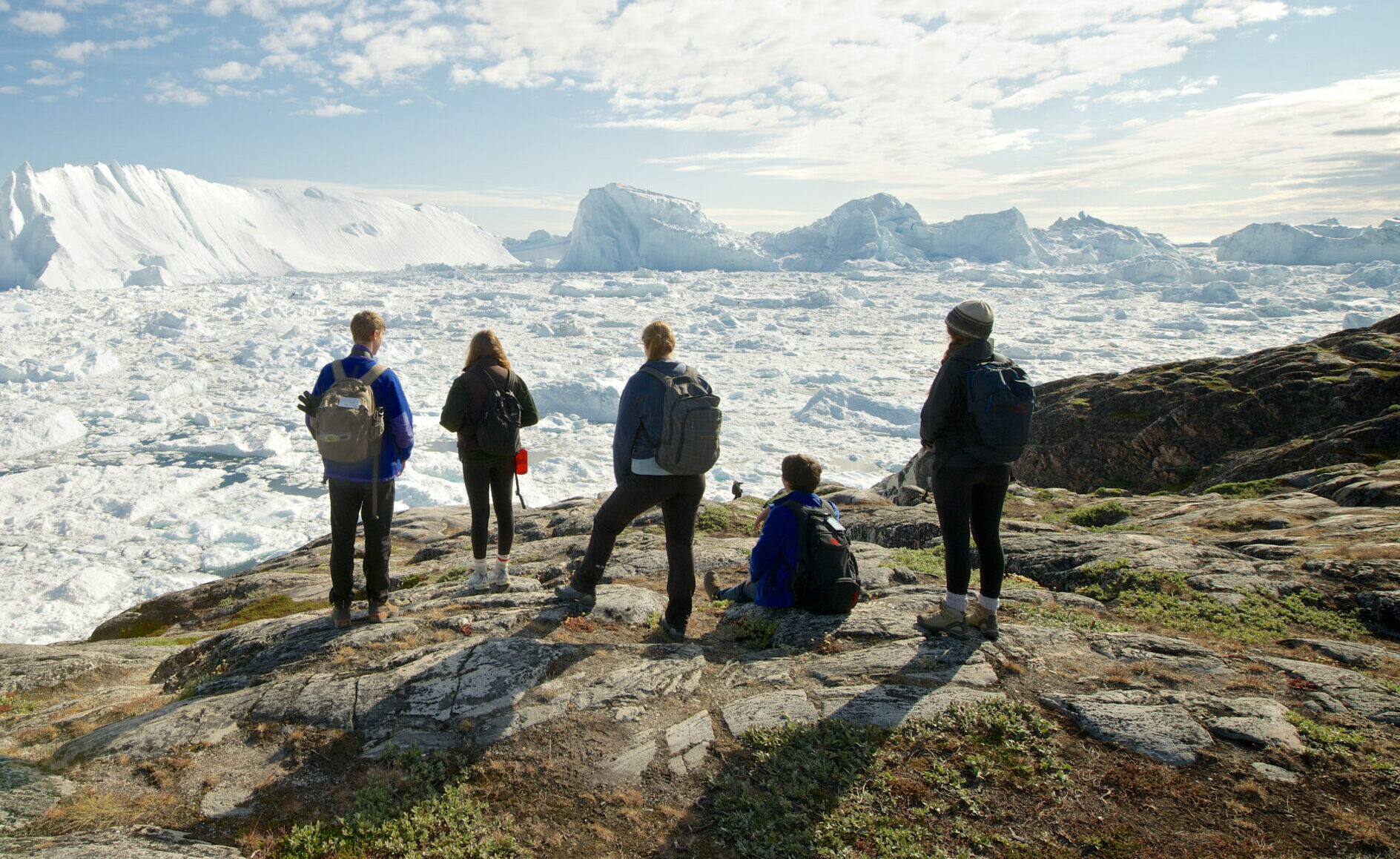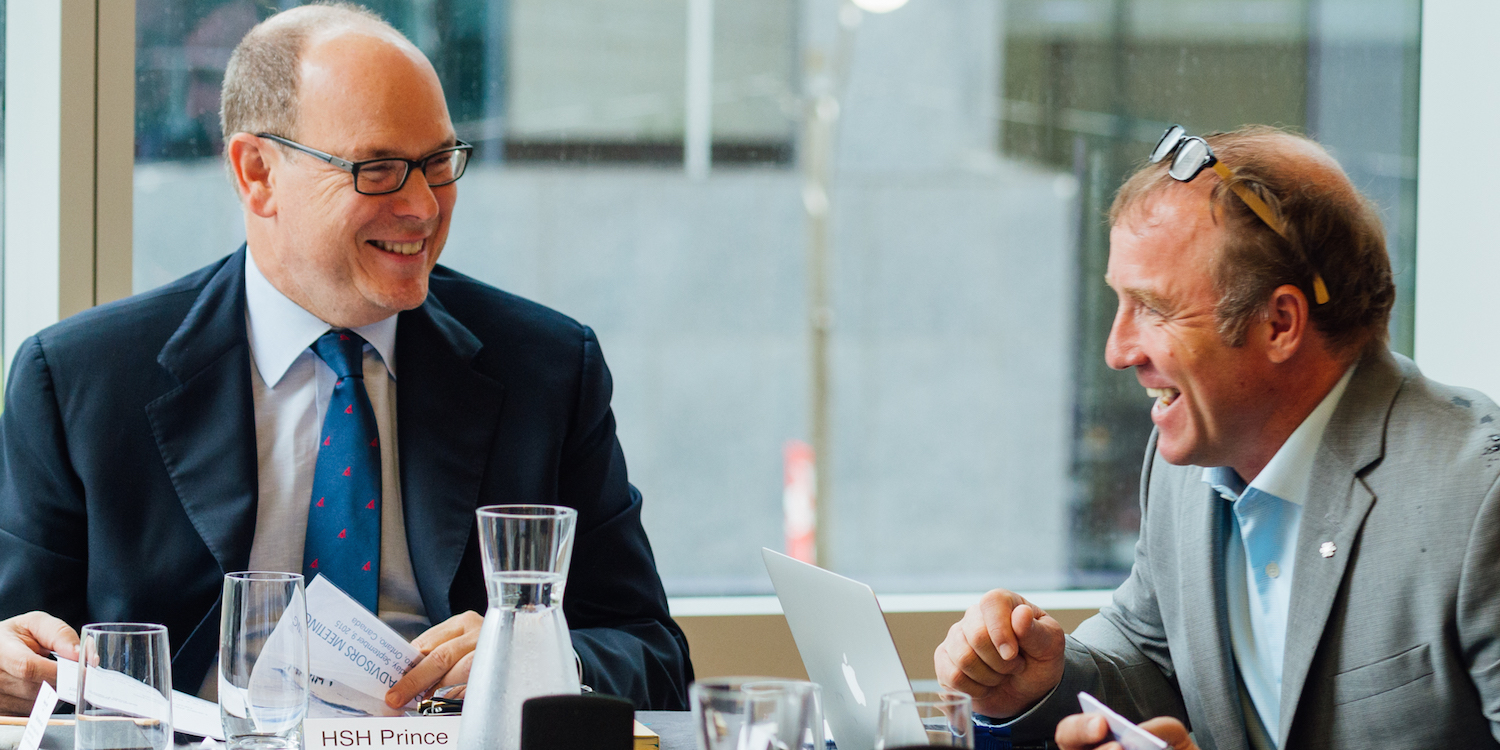Recap Blog: COP27 Week One
The 27th Conference of Parties (COP27) brought together world leaders, Non-Government Organizations (NGOs), government officials, and climate activists with the goal of reviewing progress made by members of the United Nations Framework Convention on Climate Change (UNFCCC) to address climate change. COPs are meant to be a dedicated space to confront the escalating climate chaos and move all countries forward together on finding and investing in solutions.
This year’s COP was hosted in Sharm El-Sheikh, Egypt. With this, voices of the Global South were set to be front and center.
SOI Foundation, with support from Youth Climate Lab, sent a delegation of young leaders from Northern Canada to participate in COP27 this November. The gathering is known to be overwhelming, so we created goals and set intentions for our time in this highly political space. Let’s walk you through some stand-out sessions from week one of COP27.

Starting with the high-level sessions, we secured seats in the Opening Plenary overflow room, with big screens and translation headsets. The opening remarks from Egyptian President Abdel Fattah El-Sisi, Secretary General of the UN Antoine Guterres and President of the UAE, Mohammed bin Zayed Al Nahyan made the theme of Implementation very clear.
We also attended a High-Level Side Event – Accelerating Adaptation in Africa: COP27 Leaders’ by UNFCCC with H.E. Macky Sall and moderator Patrick Verkooijen, where Africa’s stance on climate change was made clear.
“Africa can no longer keep quiet on Climate Change. Floods, droughts, and fires, Africa is getting beaten up by Climate Change. Three percent of global finance allotted, which is too small, Africa is getting short-changed by Climate Finance. 67 percent of Africa’s climate funds go towards Climate Adaptation, the highest in the world.”
– H.E Macky Sall
Climate Finance was another key theme throughout week one of COP, with sessions on money laundering as well as loss & damage funds. Our delegate, Chris Yurris, found this to be one of the more interesting recurring topics.
“One of my favourite conference sessions was the UN Climate Change Panel on North-South Cooperation, which featured US Climate Envoy John Kerry. This panel covered who should pay for loss and damage caused by climate-related disasters, which was a key point in discussions and negotiations at COP27.”
– SOI Delegate, Christopher Yurris
To accompany the high-level sessions, there were many themed pavilions set up, including the Indigenous Peoples and Cryosphere pavilions. These two areas related most to our focus on Arctic Policy. One of our days at COP fell on International Inuit Day, when the Indigenous Pavilion released the following statement: 80 percent of the world’s biodiversity is conserved in Indigenous People’s territories around the world.
We also attended the Indigenous People’s Food Systems in the Arctic presentation at the Cryosphere Pavilion, and were left with this incredible quote from a Sami representative, “…cold is a source of livelihood for us; we are closely connected to the ice.” Our delegate, Christopher Yurris, reflected further on the relationships between the climate goals in the Global South and Northern Canada.
“While Canada has been a major contributor to the climate crisis, within Canada, the contribution of emissions is not equally distributed, nor are the effects of climate change. Indigenous communities’ livelihoods and traditional practices have been disproportionately impacted by climate change, with increasingly unsafe travel on unpredictable sea ice (significantly impacting remote Northern communities), microplastics and pollutants threatening the viability of the country’s foods etc. I believe that the Global South and Northern Canadian climate goals are similar, even if the impacts of climate change manifest differently.”
– SOI Delegate, Christopher Yurris

One key takeaway from the conference was that fighting climate change requires action from all angles and levels. Over 170 world leaders were highlighted in their attendance to and contributions at COP. However, Indigenous peoples, sub-national governments, grassroots activists, NGOs, and private enterprises, all demonstrated they too have a crucial role to play in climate policy implementation.
“The most eye-opening aspect of COP27 was that much of the talks tended to focus on adapting to the realities of climate change instead of mitigation. While the impacts of climate change, such as increased natural disasters, are inevitable, it seems as if hope is dissipating for limiting global warming to below 1.5 degrees above the pre-industrial level, with much of the discussions around living with climate change rather than lowering emissions.”
– SOI Delegate, Christopher Yurris
Keep an eye out for our COP27 Week 2 recap to be released shortly.
Are you interested in representing your community and SOI at delegations and conferences like COP? Apply today to join our next Arctic Policy Cohort by December 8!





